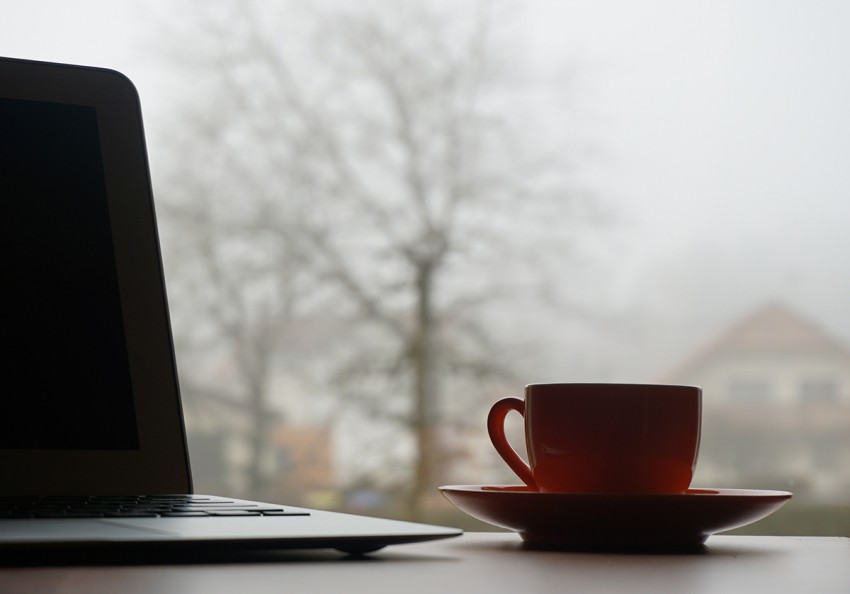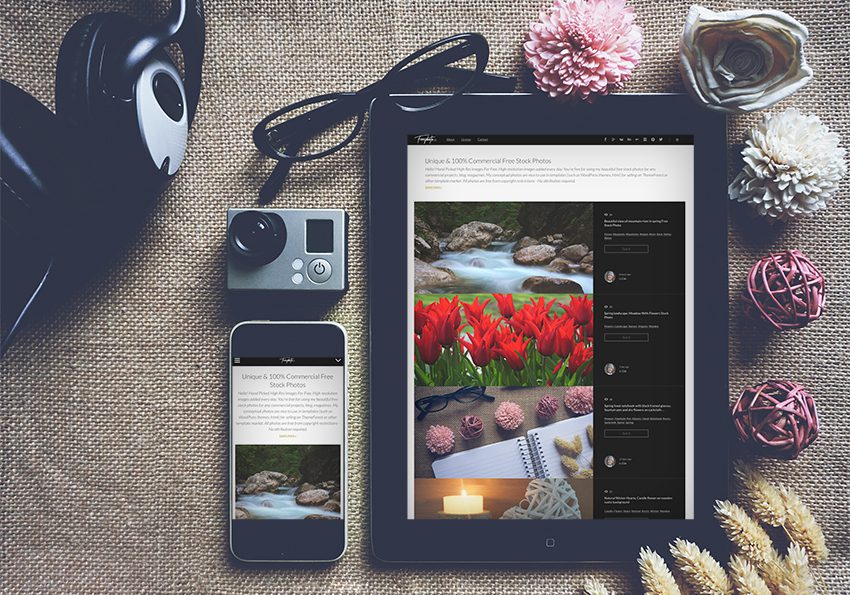Designing a fabulous blog doesn’t have to cost a lot. Chances are you have heard these exact words spoken from many different sources, but you still aren’t sure how to actually cut those design costs for yourself.
Happily, this post will offer a number of tips that can save you both time and money and still deliver the blog of your dreams. Read on to learn some of the best money saving tips for designing a great blog using WordPress hosting or another platform.
Tip 1: Shop, compare and contrast.
Whether you know a lot or a little about blog services, you can absolutely recognize a menu of services when you see one and figure out who is charging more or less for what. This phase is not the most glamorous part of blog design, but it is the part that can guarantee you savings.
As you shop and compare what you find, be sure to pay attention to customer testimonials, and not just the ones that are printed on the provider’s website. Do your own Internet research to find out what past clients have to say about working with that designer.
Tip 2: Look for a designer whose work you like!
This tip may seem so obvious it is not worth mentioning, except that it can be all too easy to hire a designer based on their reputation or client list and not even look at their portfolio of work. A designer may be great, but their style may not suit your needs.
If you are starting from scratch with no real idea what you want or need, this may not matter so much. But if you have a clear vision in your head of what you want and you already have a list of your favorite blogs in hand, matching the designer and the blog type you want can save you lots of time and money!
Tip 3: Seek out your own template for the designer to use as a starting point.
The platform you work with may have a variety of low cost or free templates you can use (WordPress hosting is one good example of this) as a starting point for designing your blog. This will save you costly design time while your designer hunts around for a template that looks and feels right to you.
But even more importantly, choosing a template in advance will also ensure your design will incorporate all the most essential features (for example, two-column layout, responsive flow, dedicated blog, unlimited number of pages, integration with third-party e-commerce apps and plugins, et al). This can help control your design costs even further by ensuring you won’t get to the end stages of your blog project and only then realize your blog is missing something critical to your needs.
Tip 4: Choose your theme colors in advance.
The color scheme you choose should match any other logos, branding or products you have already created. If you don’t have anything yet and the blog will serve as at the launching point for your efforts, carefully think through your ideal color palette. Look at other blogs online and see what color combinations most appeal to you.
By providing this information to your designer along with a template (see tip 3 here), you can trim hours off the cost of your blog design.
Tip 5: Sketch out your site flow in advance.
In many cases, a blogger will launch a simple web blog site, and then add to it as the need arises. But a better and more cost-effective approach is to design what is called the “site flow” in advance.
An easy way to think of this is like a GPS for your website. You want the visitor to start out at one page and end up at another. Along the way, they may visit a number of other pages, but each should lead to the desired end page. This will also challenge you to set the number of pages and the underlying architecture of your new blog site (i.e., will it have sub-pages, drop-down menus, hidden links or other more complex features), all of which can help your new designer give you the most accurate cost estimate.
This is incredibly important to guard against those horror stories you’ve probably heard about blog design budgets that spiral out of control. The more clarity you bring with you about the complexity (or lack thereof) of your new blog, the more accurate your estimate will be and the more easily you can decide what you can afford to do right now and what might need to wait.
Tip 6: Don’t spend too much on your logo design alone.
Logo design is its own unique animal in the online world. And if you get too hung up on your logo design in the early phases of your blog design, you can easily blow your budget on logo design before you have spent one cent on your actual blog site design.
Having said that, if you have a basic idea of what you want your logo to look like, go ahead and include it. But if you don’t know yet, it may just be that seeing your new blog site will provide the inspiration you need. So don’t be afraid to get your blog up and launched and add in your logo later. If your content is stellar, your followers will celebrate when you reveal your new logo. If your content is so-so, no one will be convinced to return just because you have a great logo.
These 6 tips cannot only shave a bundle of cash off your final cost estimate, but they can make bringing your blog to life faster and easier too. By incorporating these tips into your search for the right designer, you can take charge of the design process with confidence.



